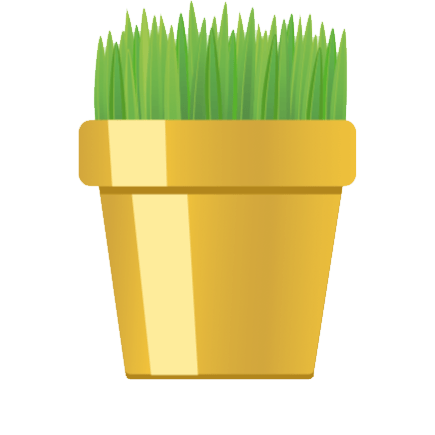Fertilizer for houseplants
How to fast growing houseplants?
Content
1. Fertilizer for houseplants
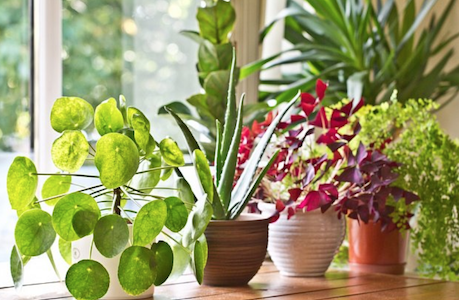
Insect droppings are suitable for houseplants. Its values correspond to chicken droppings, but unlike chicken droppings, it does not need to be diluted and adjusted in any way.
Fertilizing houseplants is a matter of course and should be regular. Since the rooms grow only in a „limited“ space (mobile container), they greatly strain the soil. The roots are overgrown in it and therefore it is necessary to transplant these plants into larger containers – to supplement them with fresh soil. At the same time, we treat their roots and add a suitable fertilizer. If we want to make fertilizer watering, it is ideal for dinner. We only fertilize healthy plants when they grow and bloom. Fast-growing plants are fertilized more often. Flowering houseplants need to be most fertilized during the period of budding.
We must not fertilize during the rest of the plants in late summer and autumn. Unrooted and diseased plants must not be fertilized, nor must we water the plant with fertilizer water in dry soil, first the plant must be watered from above. In other words, we do not fertilize plants during the dormant period, before the dormancy period and at the end of the period of their growth. We must not fertilize freshly transplanted plants or freshly purchased ones. Fertilization is possible after two weeks. We also do not fertilize diseased plants for which we do not yet know the cause of the disease and plants with diseased roots (root rot). And beware – cacti must not be fertilized with organic fertilizers .
Information taken from another site HERE
Table briefly showing the need and frequency of fertilization of houseplants.
2. How to learn that a flower needs fertilizer
It is not easy to recognize when a houseplant lacks nutrients. The plant can’t tell us like our children. It’s quite confusing, because the cause of the withholding may be related to something else. Knowing when it’s time to fertilize houseplants is a difficult thing for long-term houseplant growers. I would now like to share with you some basic information on how and when to fertilize your houseplants.
Houseplants wither when they need water. Their leaves fade and pull out if they do not have enough sunlight. Their leaves become brittle at low humidity. On the contrary, when the humidity is too high, they may show rot. But how to know when it is necessary to fertilize? There is no clear signal that the plant would share with you „Look, I would like a steak“. The only sign of manifestation is in slowed or stagnant growth which is quite difficult for most people to notice. It is thus a better place to wait for the signal to take matters into your own hands and fertilize the plants according to a plan that is based on their growth cycle.
Each houseplant has slightly different needs in terms of amount and frequency of fertilization. However, this is not a reason to complicate fertilization too much. Yes, it is possible to study every single species you care for and determine its specific nutritional needs, but the truth is that the vast majority of common houseplants have fertilizer requirements so similar that you can approach them in the same way. It is true that some plants are slippery and need more nutrients and others less. Therefore, the table in paragraph 4 should be able to reliably orient you in how often you should add to this or that flower with watering.
This is, in my opinion, the best fertilization plan for most common houseplants. It is based on the cycle of the growing season, which affects outdoor and domestic plants in the same way, although domestic flowers have consistent temperatures without fluctuations.
3. Planting fertilization of houseplants
This is, in my opinion, the best fertilization plan for most common houseplants. It is based on the cycle of the growing season, which affects outdoor and domestic plants in the same way, although domestic flowers have consistent temperatures without fluctuations.
Spring fertilization
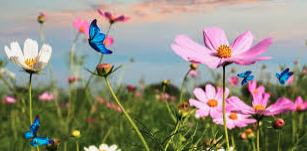
Start fertilizing houseplants about 8 weeks before the last expected spring frost. For example, it is usually around May 15. This means that they will start fertilizing their houseplants in mid-March. This is the time when the days begin to lengthen considerably and the houseplants move from a semi-dormant state to a period of active growth.
The first three fertilizer applications should be half the recommended dose. In this way, fertilize the plants while they are preparing for active growth and do not yet require a large amount of nutrients for fertile growth itself.
Summer fertilization
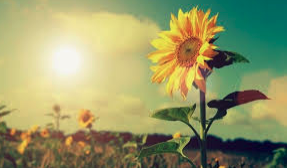
With the arrival of summer, it is time to move to a more regular houseplant fertilization program. The frequency of fertilization also depends on the type of fertilizer. Liquids are used more often than granular. Sometimes twice a week or a month. Our insect droppings decompose gradually, so there is no need to fertilize as often as is the case with liquid fertilizers. Insect droppings gradually decompose and release their nutrients in small amounts over a long period of time. Thus, one application can last longer than stated in paragraph 4. That is, where it is recommended to fertilize twice a month, you can fertilize with our fertilizer once a month.
Follow this plan regardless of whether you move your houseplants out for the summer. Houseplants are in a state of active growth when there is a high level of summer light, regardless of whether they are at a constant temperature or on the terrace.
Autumn fertilization
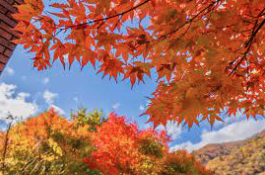
About 8 weeks before the first expected frost in the fall, reduce the amount and frequency of fertilizers for houseplants. For us, this means that from mid-August I will halve the amount of fertilizer and begin to extend the time between fertilizations to about 3-4 applications until the arrival of winter.
Winter fertilization
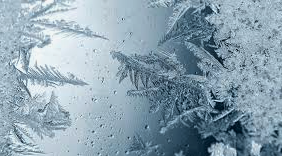
Do not fertilize the plants in winter. Houseplants are not in active growth during the winter and should therefore not be fertilized. This could lead to burning of the fertilizer and brown leaf tips.
4. When to fertilize houseplants
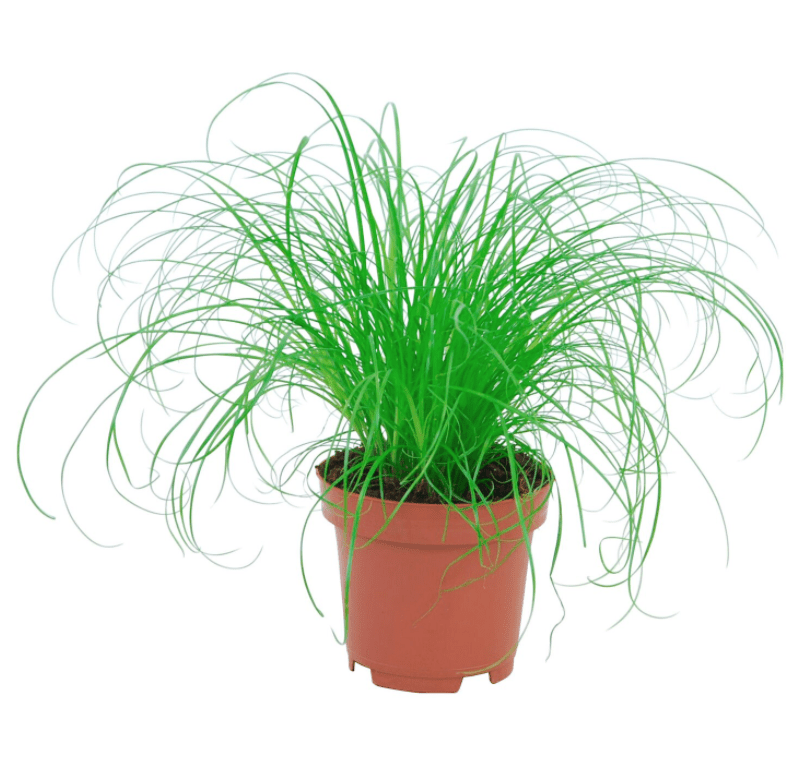
Šáchor
fertilize twice a week, but only once a month in winter.

Aloe Vera
fertilize twice a week.
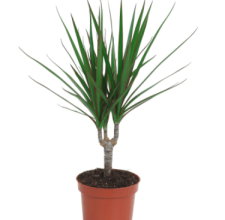
Chamaedorea
fertilize twice a week from March to August.

The golden palm isca
from March to August, log in once a week
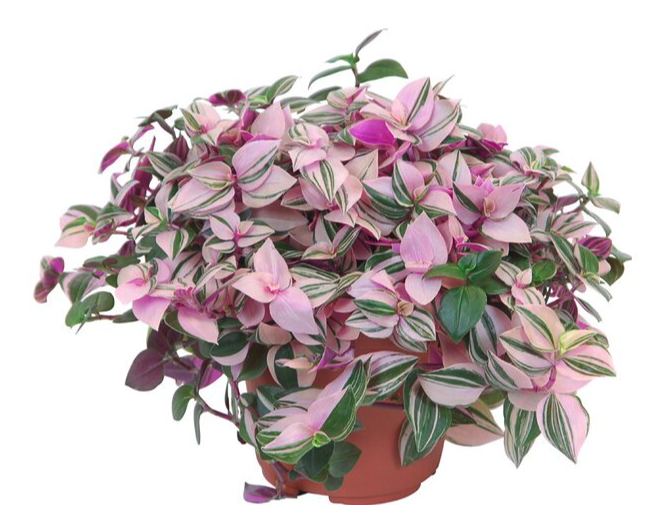
Light board "Quadricolor"
fertilize in the growth phase once a week
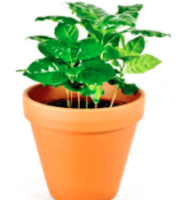
Coffee tree
fertilize once a week

Royal shooting range
fertilize once a week
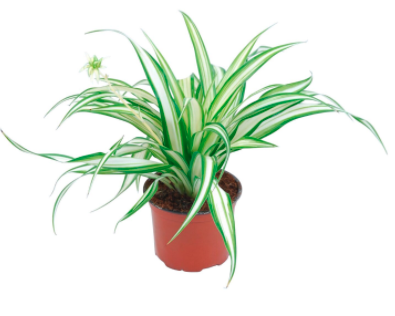
Zelenec Variegatum
fertilize once a week

Small-leaved ficus "Jute trunk"
fertilize twice a month during the growing season
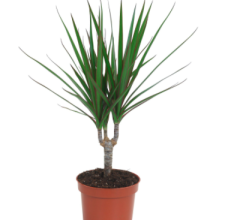
Dračinec
fertilize twice a month during growth

Yucca
fertilize twice a month during growth until the end of August
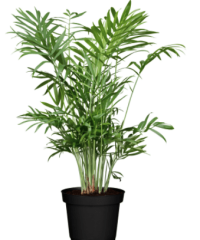
Chrysalidocarpus yellowish
fertilize twice a month.

Ficus Ginseng Bonsai
fertilize twice a month in summer

Creeper ivy
fertilize twice a month

Philodendron
fertilize twice a month.
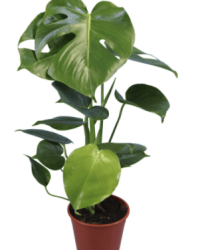
Tauerie (Monstera Deliciosa)
fertilize twice a month from spring to autumn

Monster "Leichtlinii"
Fertilize twice a month with a weak dose. In winter once every two months.

Hawaiian
Fertilize once a week from March to September.

Kidney bag
Fertilize once a week from March to October.

Home happiness
Fertilize once every 2-3 weeks.

Old man
Fertilize once a month from April to September.

Kulkas zamiolistý
Fertilize from spring to autumn once a month.

Orchid moth
Fertilize once a month.

Bonsai
Between spring and autumn once a month.
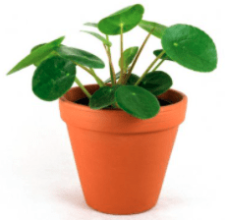
Pilea peperomioides (pancake plant)
Spray once a month.

Judiciary
Spray once a month.

Mother-in-law's language
In the growth phase, fertilize once a month.

Shovel
Fertilize rather in spring or summer. Give half the dose to other plants once a month.

A strange flycatcher
No need to fertilize.



